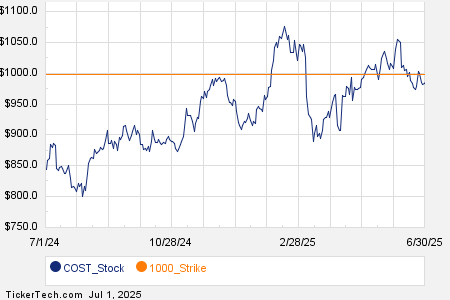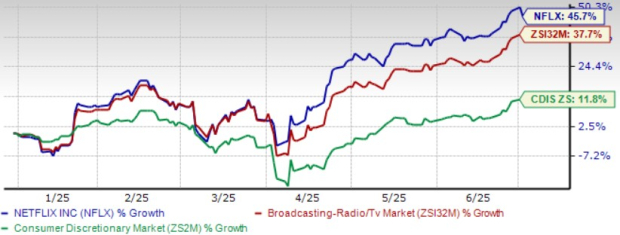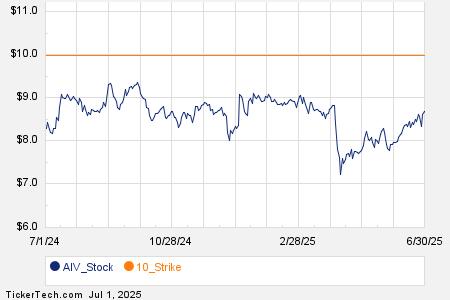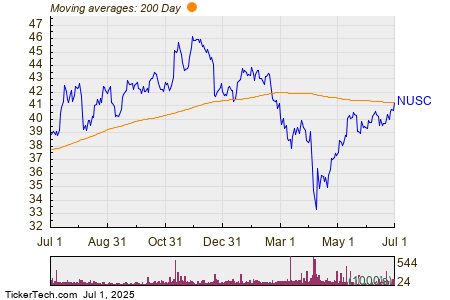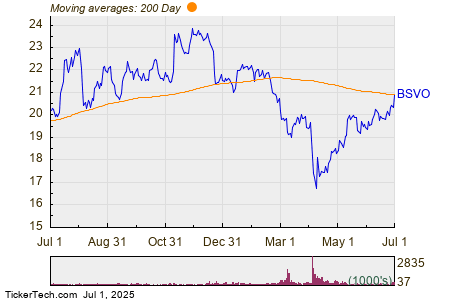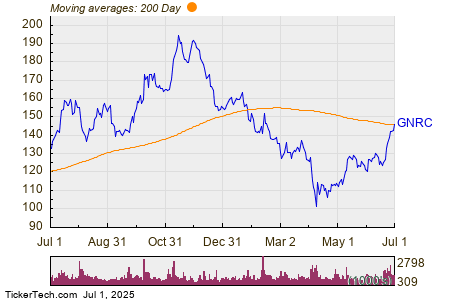The Osborne Effect: Is Tesla Anticipating a Stormy Forecast?

Justin Sullivan/Getty Images News
Deepwater Asset Management’s Gene Munster and Brian Barker have pinpointed a crucial factor in Tesla’s recent “notable” deceleration in unit volume growth. According to the analysts, the Osborne Effect might be looming on the horizon, compelling the electric vehicle (EV) company to adjust its strategic outlook.
The Osborne Effect, a well-documented social phenomenon, characterizes the phenomenon of customers either postponing or canceling orders for current products upon the unveiling or even a mere mention of a forthcoming product that promises to outshine the present offerings. This phenomenon is often perceived as a self-inflicted setback, as companies inadvertently jeopardize the sales of their existing products through premature revelations about their future product roadmap.
Highlighting Tesla’s disclosure of a forthcoming budget-friendly vehicle priced between $25,000 and $30,000, Munster sheds light on the rationale behind the management’s downward revision of growth projections for 2024. He suggests that Tesla’s pronouncement may have sparked concerns about the potential adverse impact on the demand for its popular Model 3, leading management to adopt a conservative stance. Notably, Tesla’s outlook omits detailed disclosures regarding gross margin, operational expenses, or capital expenditure expectations.
“Coming into the quarterly report, consensus expectations were for 19% growth this year, in line with last year. After a day of analysts’ revisions, the Street now expects about 13% top line growth in 2024. My sense is growth this year will finish at 10%, suggesting there is still some downside to current estimates; as the first quarter progresses, those estimates will drift lower and by mid-year sell-side model growth rates will be right-sized,” Munster remarked.
As things currently stand, the market consensus points to Tesla generating $110.5 billion in revenue and earning $3.26 per share in 2024. Projections for 2025 are even more optimistic, pegging the revenue at $137.8 billion and earnings per share at $4.54.
Looking further ahead, Munster forecasts Tesla’s growth rate to rebound to nearly 30% in 2026, with margin rates expected to exceed 20%, indicating that Tesla would regain a position of dominance in terms of earnings.



